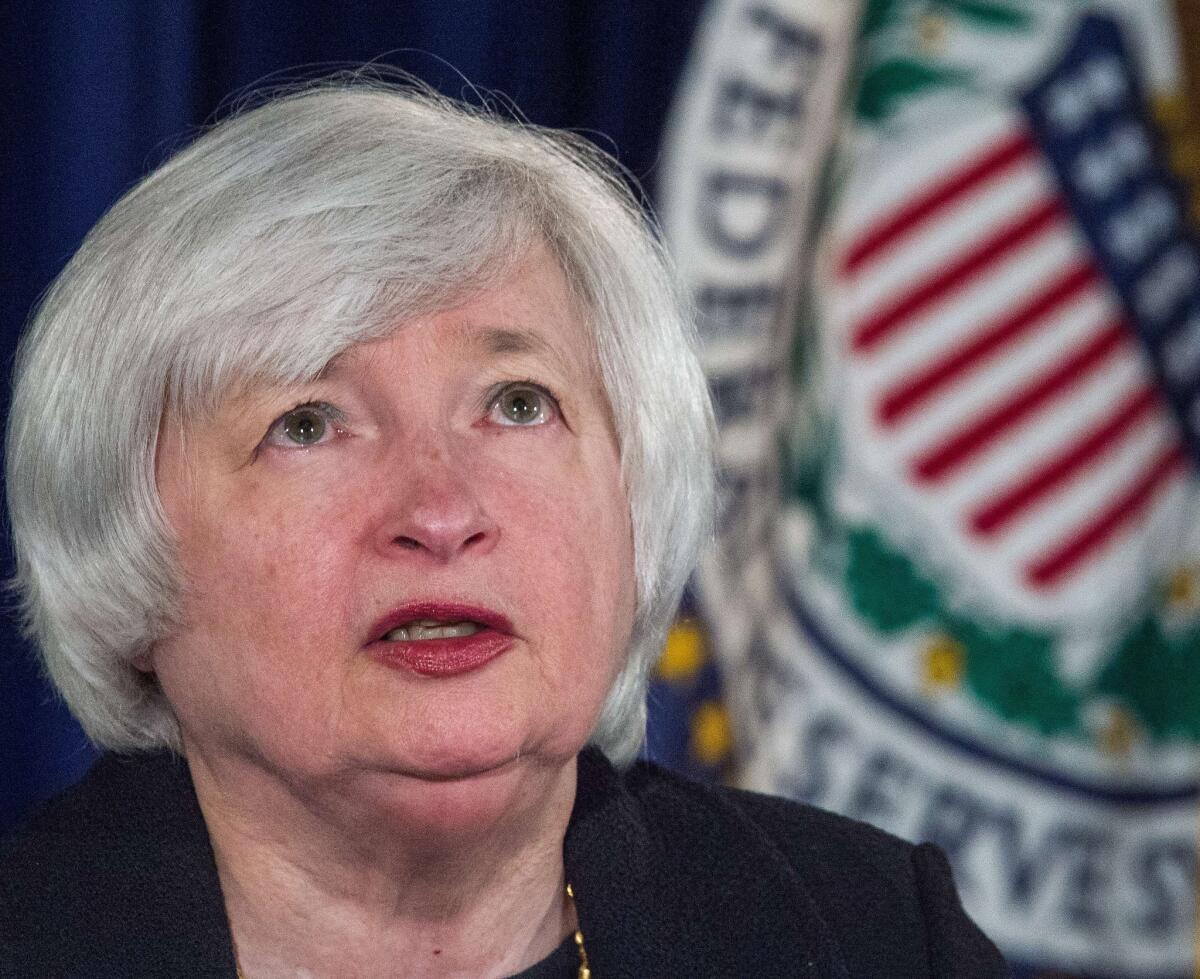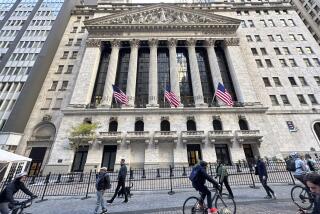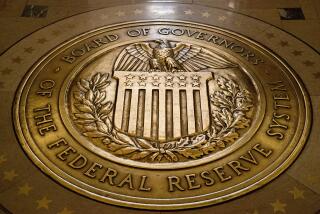Global worries kept Fed from hiking rates in September

Many Federal Reserve officials appeared ready to vote for an interest rate hike last month, but in the end agreed to hold off because the slowing global economy had increased worries about the low inflation rate in the U.S.
An account of that meeting, released Thursday with the usual three-week lag, suggests that the Fed will most likely stand pat on rates at its next scheduled meeting Oct. 27-28. And a rate move at its last session of the year, in mid-December, is hardly a sure thing.
Since the Sept. 16-17 meeting, new employment data showed that U.S. job growth fell significantly in the last two months, hurt by a falloff in manufacturing and energy sectors. Average worker wages were flat in September despite the relatively low jobless rate of 5.1%.
Maximizing employment is one of the two main objectives of the Fed, the other being controlling inflation. Fed Chair Janet L. Yellen said in a speech two weeks ago that a rate hike was still likely this year, but that was before the disappointing September jobs report.
Stock markets rallied upon the release of the Fed minutes, which investors and analysts alike took as a sign of diminished odds of a rate increase this year.
“At this stage we think it would take a major turnaround in payroll growth, to well above 200,000 per month, to persuade officials to support a December rate hike,” said Paul Ashworth of Capital Economics. Job growth was about 140,000 in each of the last two months, down from an average monthly increase of 215,000 in the prior seven months of the year.
Ashworth added that it doesn’t help that U.S. net exports fell further in August, which most likely dragged down third-quarter economic growth close to a modest 2% annual rate, from 3.9% in the second quarter.
The Fed minutes showed that although policymakers had not seen evidence that a slowdown in China and other developing economies was having anything more than a minor effect on the U.S., they were nonetheless worried that weakening global growth, combined with sagging commodity prices and the strong U.S. dollar, would put further downward pressure on inflation.
Inflation has been running well below the central bank’s 2% target, partly because of low oil prices. Although slow price increases are generally good for consumers, when inflation is very low for a long time, it weighs on wages and sales and can hurt economic growth.
Some Fed officials were worried that raising rates too soon could weaken the economic and inflation outlook. “They also worried that such a premature tightening might erode the credibility of the committee’s inflation objective if inflation stayed at a rate below 2 percent for a prolonged period,” the minutes said.
The Fed’s benchmark interest rate has been held near zero since late 2008. The central bank last raised that rate in 2006.
Follow me on Twitter at @dleelatimes







